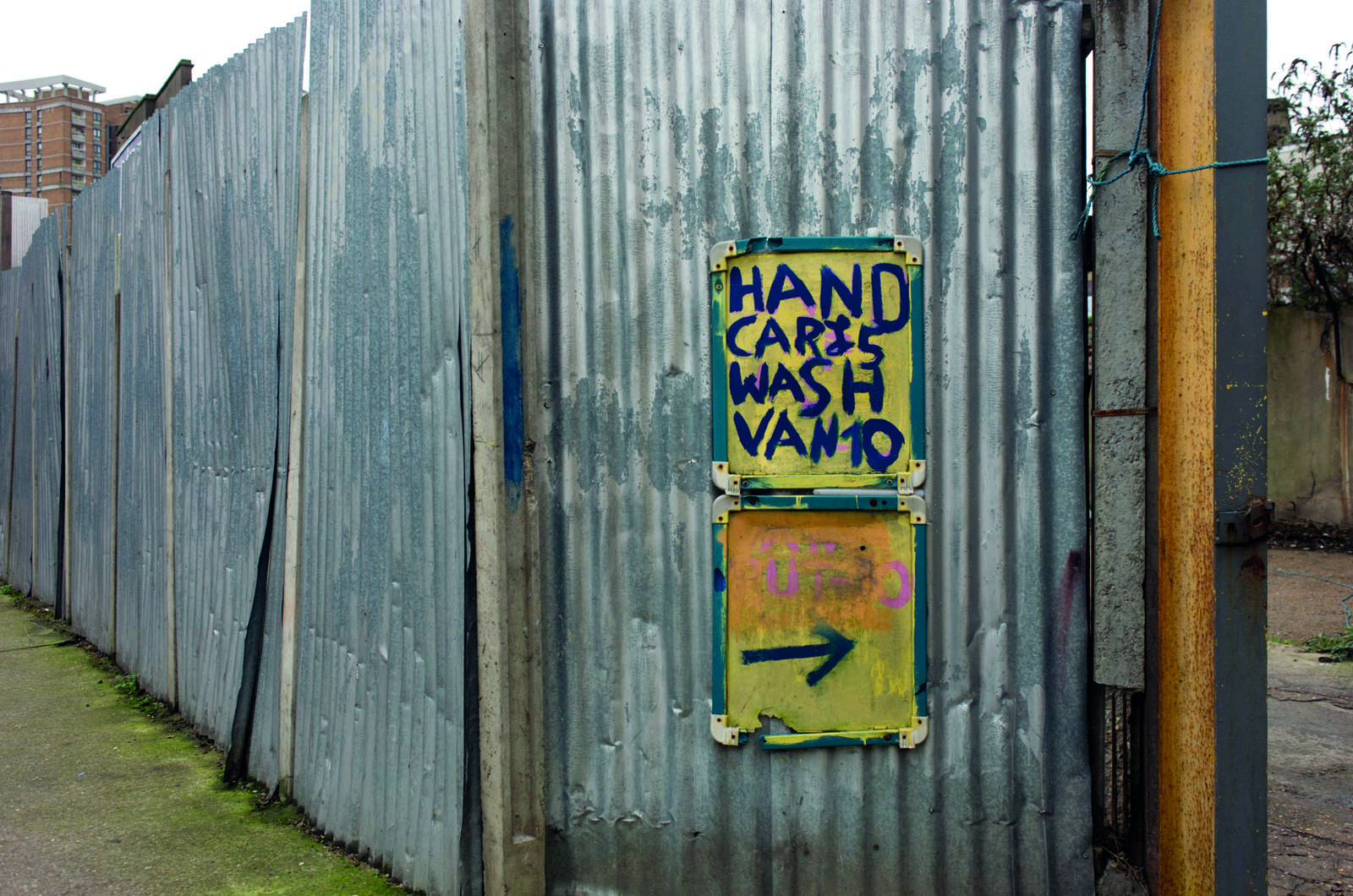Adam Bernstein – What is the most efficient way of getting your hands on new kit? The answer might just surprise you

No matter the size of business or the sector you operate in, you will, from time to time, need to acquire assets or capital equipment such as vehicles, computers or other machinery just so that you can operate. The question is how you pay for them. Do you use cash to save on paying interest, but deplete your reserves? Or do you rent or lease the equipment but with, of course, the inbuilt charges added on by the supplier?
There are advantages and disadvantages to all three options. Part of the mental mathematics relates to the term of any lease or rental agreement and the expected life of the item being acquired. Too long a term and it’s entirely possible that an asset that needs replacing before the agreement is completed, the result being a dent in your cashflow as you need to finance two pieces of equipment at the same time.
BUYING OUTRIGHT
As with anything, buying outright is generally always the cheapest option, especially if you have cash on one side that can be spared or if you consider ownership important. However, capital expenditure of a significant value when compared to the size of your business will undoubtedly have an effect on your short term cashflow. Simply put, there may well be circumstances where the wiser move is to rent or lease rather than buy outright.
Another consideration is that you may need some form of bank borrowing – an overdraft or loan – to fund the purchase. While bank finance can be hard to obtain, an overdraft should be avoided if for no other reason that it may be withdrawn at short notice with early repayment of loans demanded – this can present a clear hazard to cashflow and even the continued existence of the firm.
By buying, rather than leasing, you may not be able to take advantage of the economies of scale that the lease or rental company can secure. In other words, the unit cost of the device will cost more even though you may pay no interest. But there is another potential pothole. Buying on your own initiative could involve missing out on any product knowledge and experience that a leasing or rental firm may have built up over time. They have no vested interest in what you buy (only in that you buy). The equipment seller, in comparison, would have an interest in what you buy and at what margin they can make.
There’s also the problem of matching the purchase with the timing of income (unless, as we’ve seen, you can buy from reserves) which may put cashflow at risk. Lastly, buying outright means that you will be responsible for the maintenance and repair of the asset. Your own views on risk will determine your attitudes to breakdown or replacement.
HIRE PURCHASE AND LEASE ARRANGEMENTS
As we’ve seen, paying cash for a purchase means depletion of cash which could be used elsewhere. The alternative is paying on installment. But with interest on any hire purchase and lease agreements as part of each payment you will pay more for the asset in the long run.
Also, with leasing you may never own the asset outright (although some lease arrangements, cars being a good example, let you buy the asset at the end of the agreement for an additional final amount). The key benefit of a lease is that you can replace equipment without the expense of buying newer models or having the later problem of disposal.
Hire purchase, on the other hand, allows for you to legally own the asset once all the payments have been made.
One important calculation in the ‘lease, rent or buy’ decision making process is a comparison of the interest rate applied by the finance company, the interest likely to be charged by a lender on a loan or overdraft arrangement, and the interest that can be earned by having cash on deposit. It’s also important to note any other additional fees which may be levied on an agreement as well as the costs of breaking an agreement early.
TYPES OF LEASE
Leases come in a number of variants and you need to consider which is most suited to your circumstances and the item that you are seeking to acquire. For our purposes we’ll consider finance leasing and operating leasing – the two main types.
Finance lease
With a finance lease you are effectively paying to use the item over its useful life – typically three years plus – after which you have the choice of selling or scrapping the item or paying a nominal rent for it. The leasing firm generally will not want it back. This is because the leasing company will recover the full cost of the equipment, plus charges, over the period of the lease through your payments (usually monthly). The benefit to you, the user, is that you do not have to worry about any of the maintenance and insurance issues relating to the item.
Operating lease
Some equipment can have high maintenance costs, become quickly outdated, or is only used occasionally – computers and other IT equipment for example. These items are prime candidates for an acquisition via an operating lease.
Operating leases can offer great benefits if asset is not required for the whole of its useful life. Lower costs follow because at the end of the lease the item will revert to the leasing company for re-lease elsewhere. Again, maintenance and insurance matters relating to the asset will not be your responsibility – these will belong to the leasing company.
Leasing or renting assets has a number of advantages that include improved cashflow because there’s no need to pay up front for an item; a higher level of equipment can be specified because the cost can be spread over time; budgeting is easier as costs and interest are fixed over a given period of time; income and payments can be matched over the lease agreement; the burden for breakdown risks belongs to the leasing company; and equipment can be upgraded for a small fee (whereas owning outright means a sale and purchase process).
But as there advantages of leasing and renting, so there are disadvantages to consider.
The first to note is that agreements usually demand a deposit and/or some payments being made in advance. As you will effectively be borrowing from a firm with a profit motive, renting or leasing will be more expensive than buying outright. Further, by taking on an agreement you will be locked into an inflexible medium or long-term agreement, which may be difficult, or at least expensive to terminate. and of course, leasing means that you do not own the asset, although you may be able to buy it for a lump sum payment at the end of the term. Lastly, many leasing companies require their customers to be VAT registered.
TAX CONSIDERATIONS
VAT
 HMRC has specific rules on how tax reliefs are applied when acquiring business assets and these vary depending on whether you buy them outright, or on the type and length of the lease. This also affects whether VAT will be charged upfront or periodically.
HMRC has specific rules on how tax reliefs are applied when acquiring business assets and these vary depending on whether you buy them outright, or on the type and length of the lease. This also affects whether VAT will be charged upfront or periodically.
The first thing to note that the cost of renting or leasing an asset is deductible as a business expense so this can reduce your overall tax bill.
If you expect to own the asset at the end of the lease or hire purchase period, you will have to pay VAT on the whole value at the start of the contract. If you are VAT-registered and want to reclaim VAT and sell the asset, you may have to account for VAT on the selling price. You may also have to account for VAT on the value of the asset if you give it away for free.
If you will not become the owner of the asset at the end of the agreement, you will find that VAT will be payable periodically. (For leased vehicles, the right to recover VAT is restricted).
Capital allowances
When you buy plant, machinery and IT equipment, you can apply capital allowances and effectively deduct a proportion of the cost from your taxable profits. For the first £200,000 of capital expenditure in a year the Annual Investment Allowance (AIA) allows a 100% writedown in the first year. Capital allowances can be claimed if you buy outright, through hire purchase or the item is acquired under a long funding lease (generally a lease of at least five years). In essence you can’t claim capital allowances with shorter leases, but because the lease is a trading expense, you can usually deduct the full rental costs from your taxable income.
TO CONCLUDE
There is no right or wrong answer as to whether buying, renting or leasing an item is the best option. The considerations can be personal and will depend on the likely use, lifespan, cashflow and interest and other charges. As the accounting body, the ACCA, notes: “Don’t let the tax tail wag the commercial dog. 100% relief for AIA may look appealing, but you must look at the wider picture, and whether owning the asset is really best for your long term plans.” Good advice from an accountant is essential.
EXAMPLE
A company wants to acquire equipment for £7500. It can buy it outright or lease it over three years, paying quarterly. The company’s tax rate is 20%. The capital allowance rate is normally 18%, but in year one, the AIA allows 100% write-down for your first £200,000 of capital expenditure per annum. The example shows that outright purchase is still the lower cost but leasing can be less expensive than it appears and will ease cashflow.











Go to comments